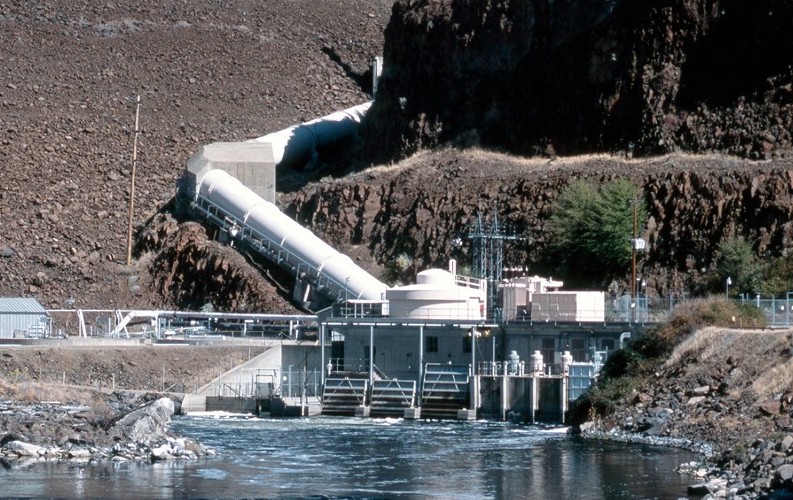CORVALLIS, OR -- Oregon State University begins a unique partnership this month, joining a Klamath-area tribe to study the impact of removing four dams.
The removal of four Klamath River dams built between 1918 and 1962 is expected to be a massive undertaking. "By a number of measures, it is the largest restoration, the largest dam removal in history, globally," says OSU Water Resources Engineering Professor Desiree Tullos, who is leading the research project. She says they'll document how the system changes as it undergoes the dam removal, "The changes in water quality, water quantity - How does that impact the food web? Things like algae, the cyanobacteria - How does that translate into disease risk for salmon? Or whitewater recreationalists? Or the tribes to perform their ceremonies?"
Over the next five years, they’ll collaborate with the Yurok Tribe in a first-of-its kind partnership, "It’s a big piece of what we’re trying to do," says Tullos, "to document, not just the western science, but also the tribal knowledge and the tribal processes. How do they make decisions? How do they understand the system?"
She hopes the data will be useful for future dam removal plans, "There’s just not a ton of research out there that shows how the full food web responds when you have a big change in water quality. If I can say anything about what I expect, I expect to be surprised."
The dams provide hydroelectric power for PacifiCorp, but don’t meet current fish passage guidelines. Managers determined decommissioning the dams was more cost effective than paying for the needed upgrades. Work is expected to begin next year, with the four dams slated for removal in 2024.
Photo courtesy PacificCorp




